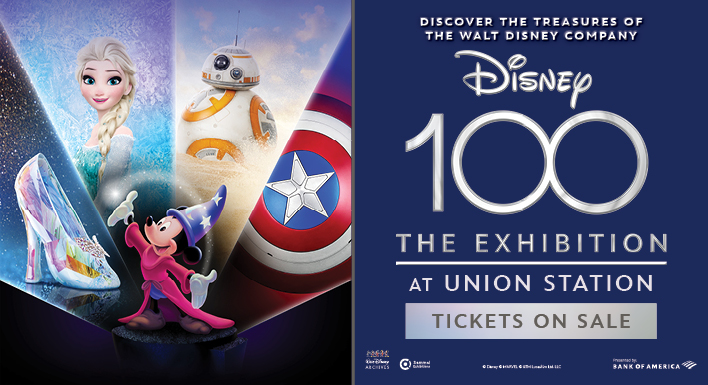.mcclatchy-embed{position:relative;padding:40px 0 56.25%;height:0;overflow:hidden;max-width:100%}.mcclatchy-embed iframe{position:absolute;top:0;left:0;width:100%;height:100%}
The Arvin Gottlieb Planetarium at Union Station has finished its biggest upgrade since it was opened in 1999. When it reopens to public this Saturday, the planetarium will feature a new 4K projection system, new sound system, new soft reclining seats as well as a spaceship lobby area. Shelly Yang The Kansas City Star
Read more here: http://www.kansascity.com/news/business/technology/article133243344.html#storylink=cpy
Kansas City’s view of the cosmos has just come into much greater focus.
Visitors to the Arvin Gottlieb Planetarium at Union Station will see images with resolution about 11 times higher than previously. Combine that with a new sound system and soft new reclining seats under the 60-foot-diameter dome, and get ready for a 3D trip.
Dodge space chunks while passing through Saturn’s rings.
Or take a high-speed ride from the point of view of a subatomic particle in the Large Hadron Collider.
Or zoom way out until the Milky Way is just a speck in a universe of galaxies.
A $300,000 upgrade in equipment and software — debuting to the public this weekend — means light-years of improvement for the 17-year-old attraction.
“We’re a world-class planetarium now,” said Patrick Hess, lead educator for the planetarium. “We have the most cutting-edge software. We have the most cutting-edge projectors. We are basically driving the Ferrari of planetariums now.”
A new show about dark matter, called “Phantom of the Universe,” opens Saturday. Another new show about the night sky will open March 11.
Union Station also is investing another $100,000 in a new spaceship-inspired “portal” that will connect the planetarium directly with Science City, underscoring their complementary missions. That is set to open early summer. Both projects are part of the station’s western expansion funded with private dollars and public tax credits.
“It’s a huge project for us,” said Jeff Rosenblatt, director of exhibits for Science City and the planetarium.
The last leap forward for the planetarium was in 2010 when the old starball was removed and replaced with a projection system that was pieced together for about $27,000. Union Station simply didn’t have the bucks to spend more. Still, it was an improvement.
“It was not where we wanted to be, but it was where we could go at the moment,” said Michael Tritt, chief marketing officer for the station.
The new system will allow the Gottlieb to incorporate the latest images from NASA’s fleet of cosmic explorers, such as the Juno spacecraft now in orbit around Jupiter.
Speaking of Jupiter, planetarium visitors will be able to marvel at the eccentric orbits of 67 of the planet’s known moons.
But that’s not as mind-boggling as an accurate depiction of the thousands of man-made satellites now buzzing around planet Earth. Or the hundreds of commercial aircraft continually soaring across the planet at lower altitudes.
“The content we can offer is almost limitless,” Rosenblatt said. “It’s as high as the sky.”
Planetarium educators will continue to offer popular programs that have been around for a few years, but they will look much better. New shows also can be customized to fit school curriculums.
And the Gottlieb will be able to share programming with other top planetariums, such as the Adler in Chicago.
The mission of Science City is to help motivate young people to become interested in science, technology, engineering and math (STEM) education. Planetarium and Union Station officials note that astronomy, in many ways, is the biggest science of all.
They are counting on the planetarium’s new abilities to spark the sense of wonder and awe that has always captivated humans gazing at the sky.
“We have a more colorful night sky, more beautiful galactic vistas and higher detailed images of distant planets,” Hess said. “It’s more immersive. There’s a greater sense of presence. Instead of knowing they are looking up on a dome with an image projected on it, people will feel like they’re really in space.
“We want people to be able to lose themselves in the night sky.”
Matt Campbell: 816-234-4902, @MattCampbellKC
Kansas City Star [Article Link]
ead more here: http://www.kansascity.com/news/business/technology/article133243344.html#storylink=c
